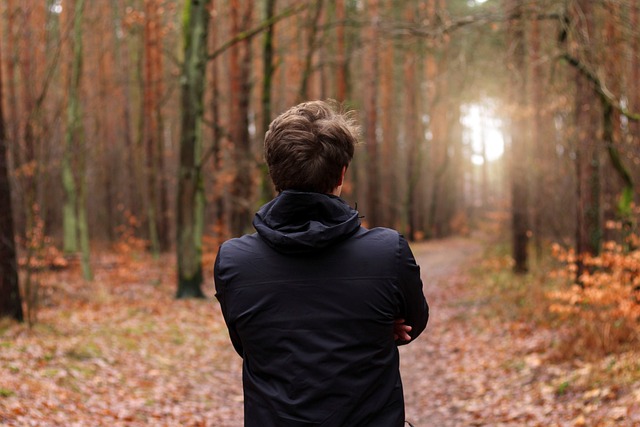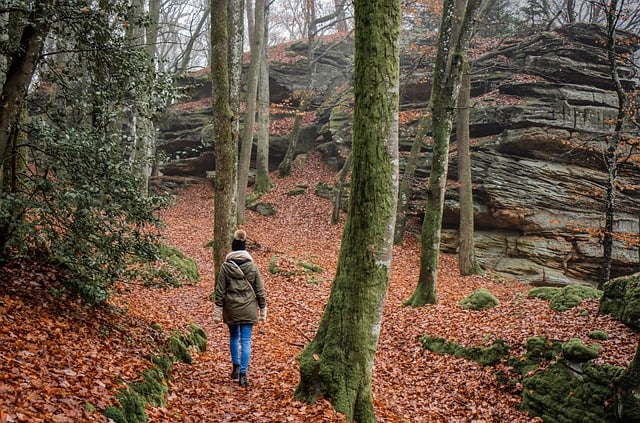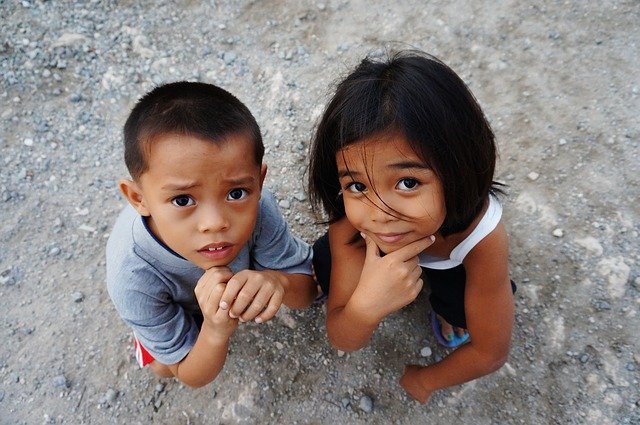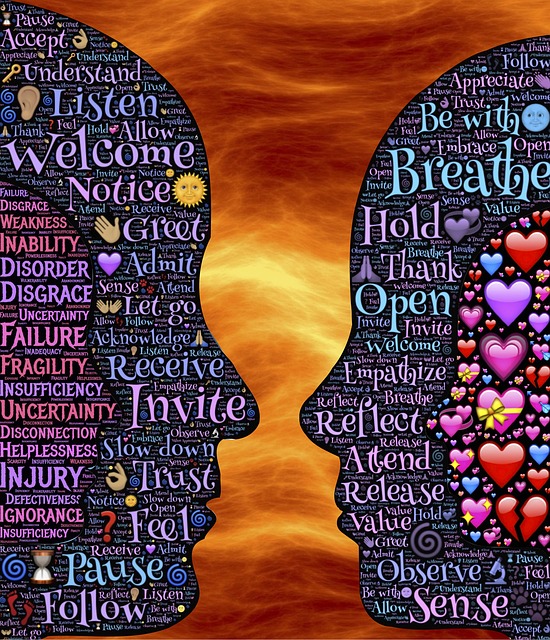Dr. Annie Brewster, M.D. describes the power of storytelling for healing and recovery from illness, injury or loss in her book, The Healing Power of Storytelling: Using Personal Narrative to Navigate Illness, Trauma and Loss. She stresses the need to develop a new “narrative identity” after receiving a life-changing medical diagnosis. Annie provides an online avenue for people to share their stories of health challenges and recovery in her Health Story Collaborative which is dedicated to enabling people to heal through the therapeutic power of storytelling and a supportive social network.
In her book, Annie highlights the need to make the storytelling authentic – not just a recounting of events but also exposure of the nature and intensity of accompanying emotions. This means being open about our feelings even those such as resentment that we might be embarrassed about. It is in identifying and facing our difficult feelings that we can gain release from their hold on us. Annie stresses that it is not the medium of storytelling that matters, any form will can have a healing effect – video, audio, song, poem, letter or blog post.
Storytelling can be a powerful process for managing grief after the loss of a partner or child. Bruce Feiler stresses the need to change our “story narrative” when encountering such “lifequakes” – we have to change our linear mindset about life’s progression and allow for regression that can occur at any time. In his book, Life is in the Transitions: Mastering Change at any Age, he offers strategies, including storytelling, to reframe and reshape our lives in the event of personal loss. To assist this process of rebuilding, Bruce offers an online resource in the form of the Life Story Online Interview.
Nick Cave’s Story of grief
In his book, Faith, Hope and Carnage, developed through intimate interviews with Sean O’Hagan, Nick discusses his inner life – his creativity, challenges, loss, grief and guilt. His storytelling in the book and his music provides a catalyst for healing, growth and transformation. Nick and his wife Susie were devastated by the death of their 15 year old son, Arthur, in 2015. He described the initial grief reaction of Susie and himself as a “kind of zombification” – “a kind of morbid worshipping of an absence”.
Nick indicated that there was a real danger in such grief reflected in “a reluctance to move beyond the trauma” – because the lost person resides there and that is where meaning is initially found. He indicated that he experienced simultaneously being caught up in the “commonality of human suffering” and experiencing a deep sense of aloneness – a maddening and “extreme paradox”. Nick stressed the physicality of grief describing grief as “pounding through my body with an audible roar”, accompanied by “despair bursting through the tips of my fingers”. He also felt this “violent electricity” in the hand of his wife. He indicated that both he and Susie were “unreachable” at the time, despite the very best intentions of other people.
Nick indicated that on the advice of a friend, he undertook a form of somatic healing. He started the session lying down in a “euphoric” state. Before long, he was consumed by rage and his body bucked and vibrated from the intensity of the feeling. He observed that “you never really know what you are carrying around in you”. Bessel van der Kolk reminds us that The Body Keeps the Score in his landmark book on “the brain and the body in the transformation of trauma”.
Nick’s son died while he was recording a new album, Skeleton Tree, with his Bad Seeds band members. Nick found it extremely difficult to tour to promote the album but a friend, New Zealand-born director Andrew Dominik, offered to produce a documentary along with release of the album. The documentary, One More Time with Feeling, enabled Nick to tell his story of the trauma and grief he experienced on the death of his son. On release of the album, the Guardian described it as “a masterpiece of love and devastation” and it debuted at #1 on the Australian Aria charts.
Over time, “fragments of light” were experienced by Susie and Nick amongst the incredible darkness of grief. They were gradually able to see that people cared and that in this care and kindness lay recovery. The healing influence of social support was brought home to Nick when he undertook his Skeleton Tree Tour in January 2017. Nick indicated that he was depleted, exhausted and depressed before the tour and some of his band members were experiencing personal challenges too. Collectively, they started the tour with “trepidation” because of their lack of energy while consumed by sadness. However, Nick found that performing his songs (and story) on stage was “restorative” because of the “force field of the audience’s concern and awareness and love”. Storytelling through the power of his songs became a source of healing and a way to manage his grief.
Nick indicated that the “lifequake” of his son’s death brought home to him that suffering is the gateway to deep personal change, transition and transformation. Suffering, especially grief, forces you to redefine yourself and to seek out a new meaning for your life and adopt a new perspective on what is important.
Compassionate action through grief
Grief can energise individuals to take compassionate action, e.g. the legislative reform actions for backpackers initiated by Rosie Ayliffe on the murder of her 21 year old daughter – a story told in her book, Far From Home. Likewise, Nick was motivated to establish a website, Red Hand Files in 2018 where his fans could ask questions and seek answers from him. The website transformed from a “Q & A” type activity to what Nick describes as an “exercise in communal vulnerability and transparency” and a “life-changing, soul-enriching exercise in commonality and togetherness”. People who write to Nick via the website are able to share their stories and seek his comments and reassurance. He readily participates in this mutual story telling and story-sharing.
Grief can flow from many types of losses. It may be that a child loses their way and their personality through illicit drug use or end up in prison as a result of some criminal activity. It may be, too, that a son or daughter chooses to change gender roles. A recent post on the Red Hand Files highlights the associated sense of loss and grief of a parent when this occurs. Nick’s sensitive response to this story highlights his understanding of loss and grief. He talks of a parent’s sense of a loss of control and ,even worse, “a profound understanding that we never had control of them [our children] in the first place”. Nick suggested that the greatest sacrifice a parent can make is to “let go”. He appreciated that the parent and their offspring were able to find a “common bond” in his songs and readily agreed to the request to play O Children in Minnesota, dedicated to “Claude” as the newly named offspring.
Reflection
Storytelling can take many forms and lead to healing from grief – sharing the story adds another dimension in that it enables others to heal also. Nick talks about his songs being “a force” that “can make people better” or help them in some other way. Storytelling involves transparency, personal disclosure and risk but the returns are health, healing and recovery.
As we grow in mindfulness and self-awareness, we can embrace our new reality after a loss and restore our sense of beauty and goodness in the world.
There are many resources to help us deal with grief and trauma. One of these is Dr. Bonnie Badenoch’s online course, Trauma and the Embodied Brain.
________________________________
Image by un-perfekt from Pixabay
By Ron Passfield – Copyright (Creative Commons license, Attribution–Non Commercial–No Derivatives)
Disclosure: If you purchase a product through this site, I may earn a commission which will help to pay for the website and resources to support the blog.









